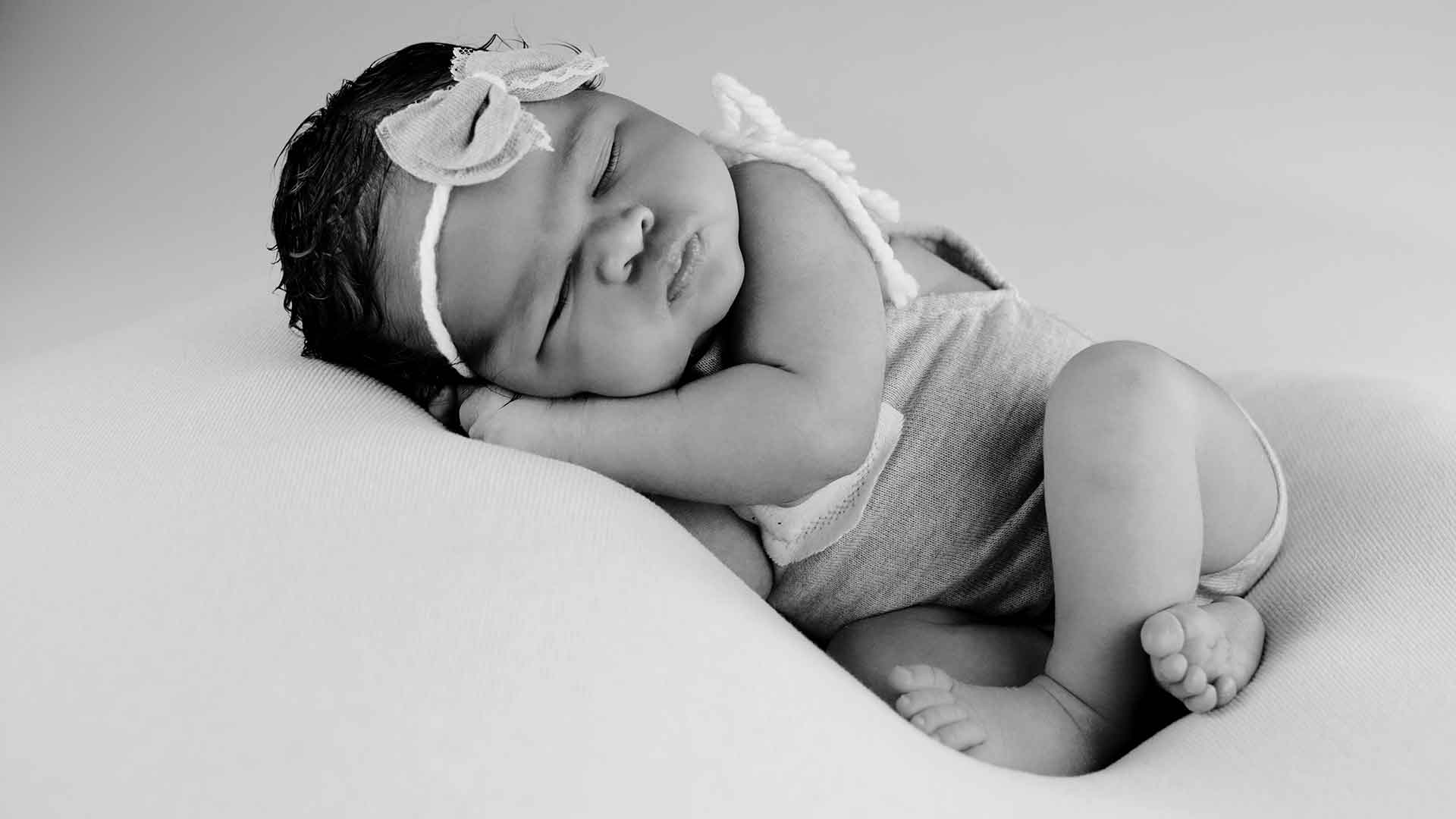Welcoming a newborn into the world is one of the most joyous occasions for parents. As a photographer, capturing those fleeting moments of a newborn’s life can be a challenge. Newborn photography requires a lot of patience, creativity, and technical skills. One of the most critical factors that can make or break a newborn photoshoot is lighting. Proper lighting is essential to create beautiful and timeless images of newborns. In this article, we will discuss how to use lighting in newborn photography effectively and efficiently.
The Importance of Lighting in Newborn Photography:
Lighting is crucial in newborn photography because it can dramatically affect the mood, tone, and overall aesthetic of the photo. Good lighting can enhance the natural beauty of a newborn and make the photo look more professional. On the other hand, poor lighting can make the image look dull, flat, and unappealing. It is essential to understand the impact of lighting on the final result and learn how to use it to your advantage.
Understanding Different Types of Light:
There are two types of light: natural light and artificial light. Natural light comes from the sun and is unpredictable, depending on the time of day, weather conditions, and location. Artificial light, on the other hand, is controlled and consistent. It comes from various sources, such as studio lights, softboxes, and flashes. It is essential to understand the differences between these two types of light and how they can affect your photos.
Lighting Equipment for Newborn Photography:
To create stunning newborn photos, you will need some essential lighting equipment, such as:
- Softboxes: Softboxes are a type of lighting modifier that helps to diffuse and soften the light. They come in different sizes and shapes and are ideal for creating soft and flattering light for newborn photography.
- Reflectors: Reflectors bounce light back onto the subject and are perfect for filling in shadows and creating a more balanced light.
- Speedlights/Flash: Speedlights or flashes are ideal for creating consistent light in low-light situations. They come in different power settings and are easy to use.
Setting up the Lighting for a Newborn Photoshoot:
When setting up the lighting for a newborn photoshoot, it is essential to consider the baby’s safety and comfort. You should use soft and diffused light to avoid harsh shadows and hot spots. Here are some tips for setting up lighting for a newborn photoshoot:
- Choose a bright and airy room with plenty of natural light.
- Use softboxes or reflectors to diffuse the light and create a flattering light for the newborn.
- Place the light source at a 45-degree angle to the subject for a natural and soft look.
- Avoid using harsh light, such as direct sunlight or unmodified flash.
- Always keep the baby’s safety and comfort as a top priority.
Tips and Tricks for Using Lighting in Newborn Photography:
Here are some essential tips and tricks for using lighting in newborn photography:
- Use a reflector to fill in shadows and create a more balanced light.
- Create a backlight to add depth and dimension
- Use natural light to create a soft and flattering look, but be mindful of the time of day and the location.
- Adjust the white balance to match the lighting conditions for accurate colors.
- Use a diffuser to soften the light and reduce harsh shadows.
- Experiment with different lighting setups to create unique and creative images.
- Don’t be afraid to use artificial light, such as flashes or studio lights, to create consistent and controlled lighting conditions.
- Be patient and take your time to adjust the lighting until you achieve the desired look.
Common Mistakes to Avoid When Using Lighting in Newborn Photography:
Here are some common mistakes to avoid when using lighting in newborn photography:
- Using harsh light, such as direct sunlight or unmodified flash, that can create harsh shadows and unflattering light.
- Ignoring the baby’s comfort and safety when setting up the lighting.
- Overlooking the importance of white balance, which can affect the accuracy of colors.
- Failing to adjust the lighting for different poses and angles.
- Not experimenting with different lighting setups to create unique and creative images.
FAQs about Lighting in Newborn Photography:
Q: What is the best time of day for natural light newborn photography?
A: The best time of day for natural light newborn photography is early in the morning or late in the afternoon when the light is softer and more flattering.
Q: How do I avoid hot spots in my newborn photos?
A: You can avoid hot spots in your newborn photos by using softboxes or diffusers to create soft and diffused light.
Q: Can I use artificial light for newborn photography?
A: Yes, you can use artificial light for newborn photography, but you should use soft and diffused light to avoid harsh shadows and hot spots.
Q: What is the best way to create a backlight for a newborn photo?
A: The best way to create a backlight for a newborn photo is to position the light source behind the subject, creating a rim of light around the baby.
Conclusion:
In conclusion, lighting is an essential aspect of newborn photography that can make or break the final result. By understanding the different types of light, the essential equipment, and the best techniques for using lighting, you can create beautiful and timeless images of newborns. Remember to prioritize the baby’s safety and comfort, experiment with different lighting setups, and be patient until you achieve the desired look. With these tips and tricks, you can create stunning newborn photos that parents will cherish for a lifetime.

